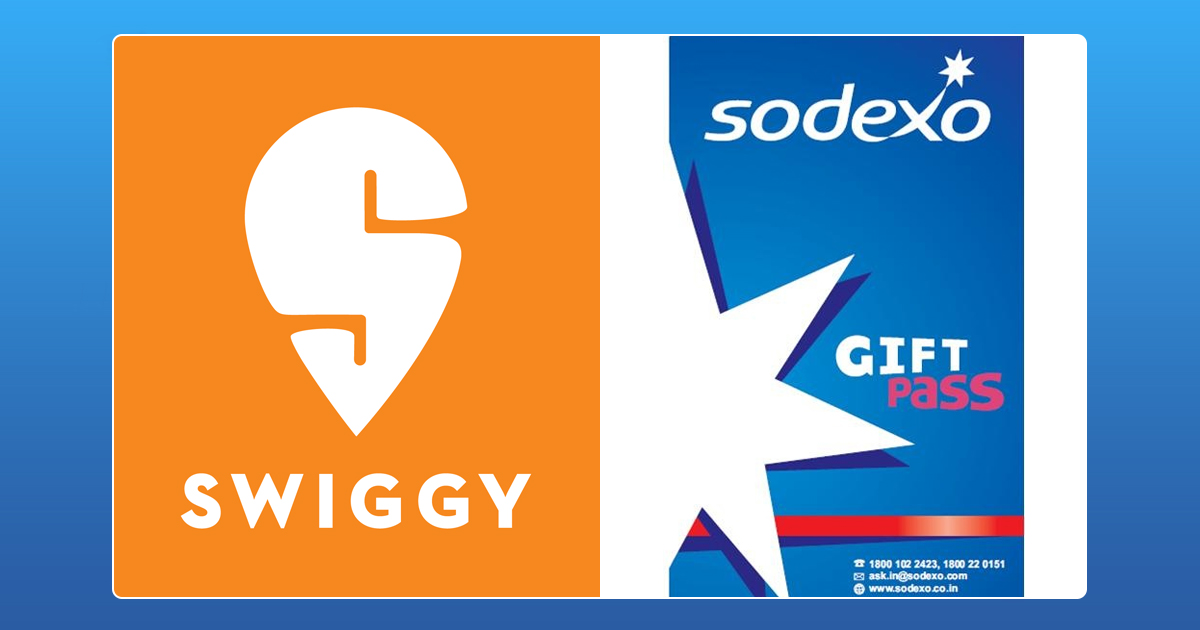Swiggy, the fastest growing online food ordering and delivery platform announced a new partnership with the employee benefits provider Sodexo. In a bid to cater to the larger section of the younger generation, Sodexo is partnering with Swiggy to give all its users access to a diverse selection of restaurants. All Sodexo users can order food on Swiggy using the Sodexo Meal Card.
Currently, more than 3 million people avail Sodexo services according to the company. Speaking about the collaboration, the Vice President of Marketing at Sodexo BRS India, Suvodeep Das said, “Post demonetization, we have witnessed greater acceptance to the Sodexo Meal Card. With our new partnership with Swiggy in place, it will help us expand our customer base and also give millennials an opportunity to get food delivered to their preferred destination.”
The CEO of Sodexo Rewards and Benefits Services in India, Stephane Michellin further added, “This partnership with Swiggy will give greater access to our consumers, especially the always on millennials, to order food from the thousands of restaurants in their network using the Sodexo Meal Card.”
Launched in 2016, the Sodexo Meal Cards gives users access to wide range of services which can be redeemed at over 25,000 outlets across 1,500 cities. Swiggy users will also be able to avail an inaugural discount of 20%, which will be valid until January 31, 2018. This new partnership with Swiggy will help Sodexo expand its customer base and increase digital acceptance of its meal cards. At present, Swiggy has a network of more than 20,000 active restaurants catering to consumers in eight major cities.
The employee benefits company has also partnered with various other digital platforms to expand its digital presence. Sodexo has collaborated with Zeta, mSwipe, Innoviti, UrDoorStep and Grofers to leverage their technological expertise in their transformation to become a digitized entity. According to Suvodeep, the focus of the company is on empowering their technological segment, enhance the user experience and increase the digital acceptance of the Sodexo Meal Cards.

